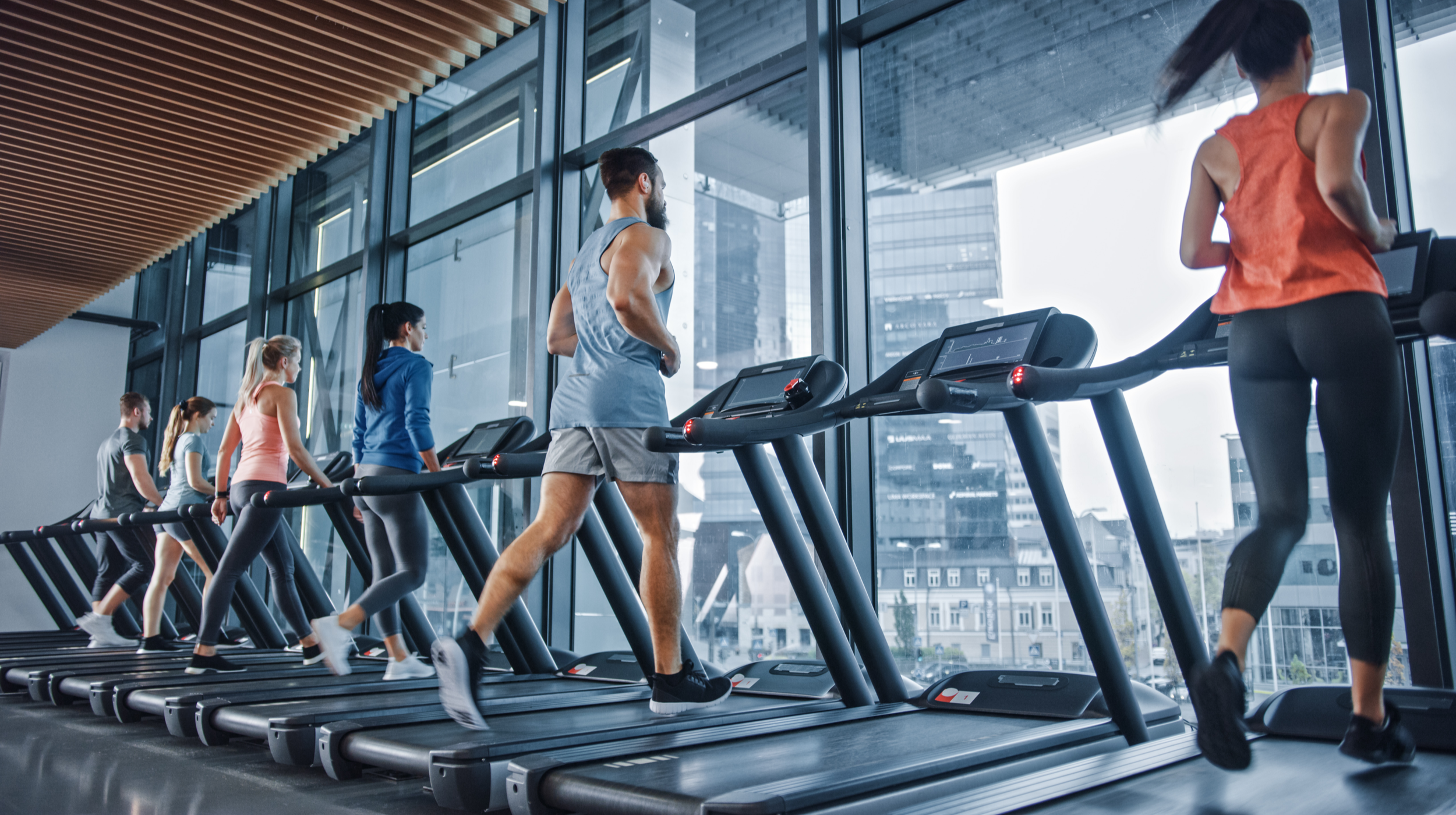Top 3 Misconceptions of Doing Cardio for Weight Loss
Oct 9, 2020 mindpumpDoing More = More Fat Loss
Does it burn the most calories? Yes. But that doesn’t mean it’s the best way to lose fat. Whether you are doing resistance training, or cardio, you are sending a signal to the body. Your body’s job is to adapt to that signal over time, and improve so that you can accomplish the task more efficiently.
If we know efficiency is your metabolism’s main objective, let’s think about each cardio session. The first couple send a new signal. You lose weight because you are sending a signal that expends more calories (and in the case of dieting, more calories than you are taking in). Your body isn’t used to that signal so you see that initial drop of 3-5lbs the first week. But over time, your body adapts to that cardio stimulus and works on making sure you lose less and less calories over time. That’s why athletes have such lower resting heart rates.
I’ve had a lot of members at a gym, or future clients come up to me saying they eat 900 calories a day and do cardio 7 days a week. They think if they lose some weight doing a little, naturally adding more will lose more. By that assumption they should definitely be losing weight. But because their body adapted over time, it worked on burning less calories. Not only that, if you aren’t taking in enough calories, the body will prioritize holding onto fat and burning muscle. After all, muscle isn’t stimulated all that much during cardio, and is calorically expensive to have.
Solution: Weight training sends a signal to get stronger. Getting stronger means adapting your body to handle progressively heavier and heavier weights. The end result of that is more muscle. Having more muscle means burning more calories at REST (remember it’s calorically expensive to hold onto muscle). By continuously sending a signal to keep that muscle your body will prioritize revving the metabolism up rather than slowing it down.
Stay in the “Fat Burning Zone” to Optimize Weight Loss
The treadmills have it set as a workout option, the bodybuilders tout it as the best way to lose fat. The truth is the answer isn’t so clear cut. Sure, doing low intensity steady state (LISS) training has its place. If you do solely high intensity (HIIT training), 7 days a week, AND you’re in a deficit, you run the risk of overworking your system and not recovering properly.
However, that doesn’t mean to stay away from it completely. HIIT has its benefits as well. It burns more calories in half the time. Your body also continues to burn calories for a couple hours after your workout as your body is trying to catch up to the metabolic stress you placed. For many, it’s more enjoyable to kick up the intensity a notch rather than slog on the hamster wheel for 45 minutes.
Solution: What ultimately matters is how many calories you are expending a day. If your goal is to lose weight you need to be putting out more than you are taking in. That can come in any form. Usually I recommend a mix of HIIT and LISS so that you can bring your overall expenditure up throughout the week, without overworking the body. Keep in mind, you should still be lifting weights at least 3 days a week to retain the muscle you’ve worked so hard to get.
Cardio is Best Done Fasted
Another common assumption people make is “If I don’t eat anything, my body will prioritize my body fat as it has nothing else to pull from.” While sure, this can definitely help your body use fat storage as its main fuel source, as I said earlier, ultimately it comes down to caloric output.
For some the risks outweigh the benefits. If retaining muscle is the goal, then you’d be doing the cardio after weights, which means you are also lifting in a fasted state. That is very difficult for most, as carbs provide a very big energy source for pushing heavy weight. If you aren’t at 100% going into the workout, then you aren’t getting 100% out of it. You can’t risk that on a diet, nor do you want to waste your time.
If you did cardio beforehand, now you’re not prioritizing the resistance training, which once again means you aren’t going into it at 100%.
Solution: If your goal is to lose weight, even if you don’t want to be BIG, your goal should be to ideally hold onto whatever muscle you currently possess. If that’s the case, lifting should always come first. It should be done first, which means you want food in your system so that you aren’t risking putting your muscles under heavy stress without the ability to recover quickly enough. Make sure to get some protein, and carbs in to maximize energy in the gym, and muscle retention. At the end of the day, it’s about your total caloric expenditure anyways, so focus more on what your day or week looks like.







